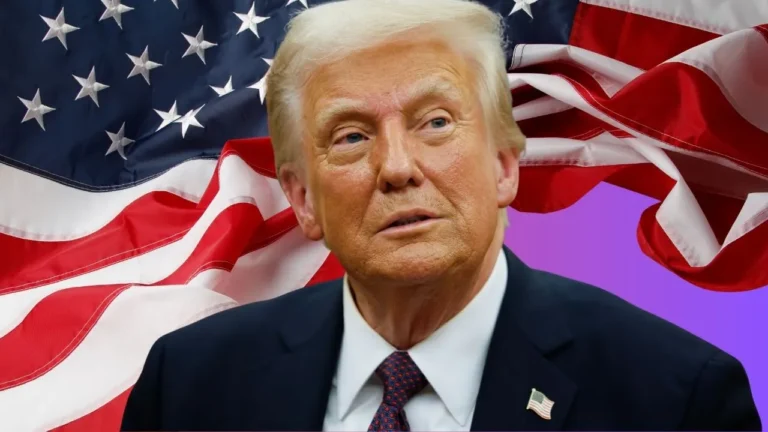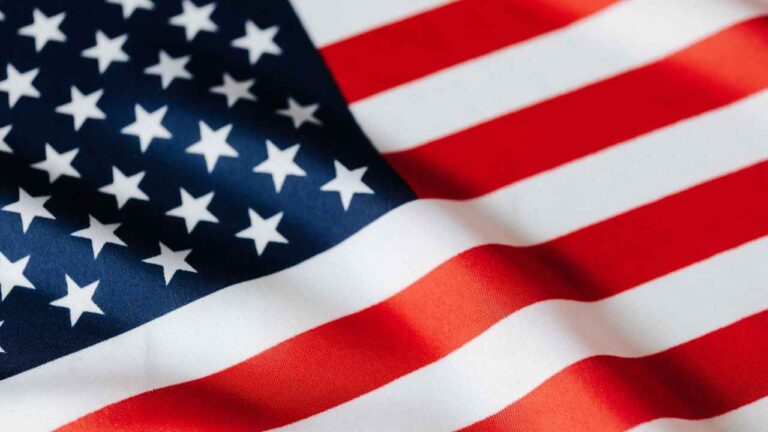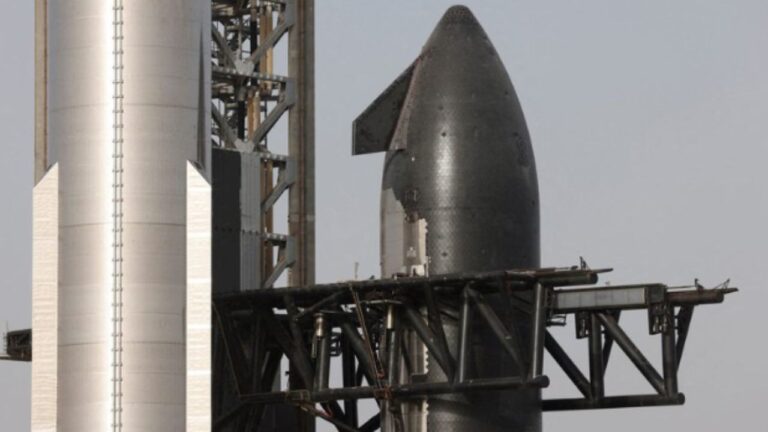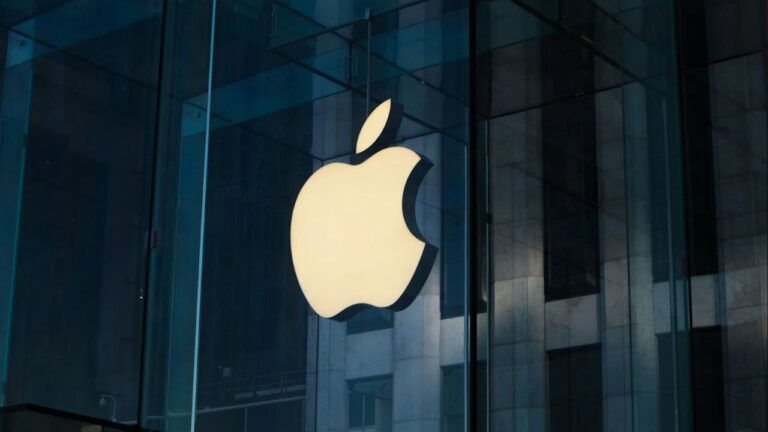Trump’s Tariff Threats and India’s Firm Stance: A Geopolitical Analysis
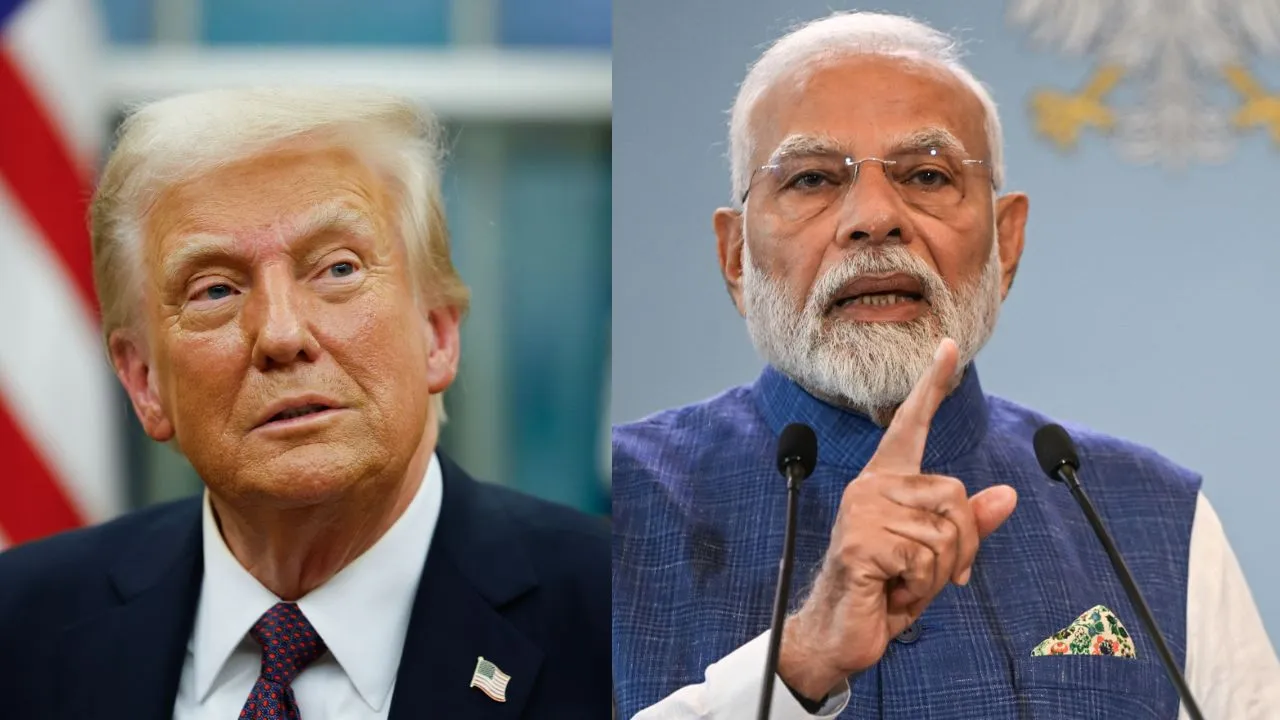
On August 05, 2025, the global geopolitical landscape is witnessing a significant escalation in tensions between the United States and India, fueled by U.S. President Donald Trump’s latest tariff threats. The announcement of “substantial” tariff hikes on Indian goods, citing India’s purchase of Russian oil amidst the ongoing Ukraine conflict, has drawn a robust rebuttal from New Delhi. This article delves into the intricacies of this developing saga, leveraging recent data, expert analyses, and the official response from India’s Ministry of External Affairs (MEA) on August 04, 2025, to provide a comprehensive perspective.
The Catalyst: Trump’s Tariff Offensive
On August 04, 2025, President Trump took to his Truth Social platform to declare his intent to impose significantly higher tariffs on India, building on an existing 25% tariff introduced the previous week. The move targets India’s substantial imports of Russian oil, which Trump alleges fuel the “Russian War Machine” and show indifference to the humanitarian crisis in Ukraine.
According to a post by Trump Truth On X at on August 04, Trump stated, “India is not only buying massive amounts of Russian Oil, they are then, for much of the Oil purchased, selling it on the Open Market for big profits. Because of this, I will be substantially raising the Tariff paid by India to the USA.”
Data from the U.S. Energy Information Administration (EIA) underscores the scale of India’s Russian oil imports, which have averaged 1.75 million barrels per day from January to June 2025—a 1% increase from the previous year. Russia now accounts for approximately 35% of India’s total oil imports, making it the country’s largest supplier, ahead of Iraq, Saudi Arabia, and the UAE. This shift intensified following Western sanctions on Russia post-2022, with India capitalizing on discounted crude to stabilize domestic energy costs.
Trump’s policy aligns with his administration’s broader strategy to pressure countries buying Russian energy, threatening 100% tariffs unless Moscow agrees to a peace deal with Ukraine by August 08, 2025. This stance has been echoed by White House deputy chief Stephen Miller, who, on August 04, 2025, called India’s oil purchases “not acceptable” (Al Jazeera, August 04, 2025). The U.S. trade deficit with India, standing at $45 billion in 2024 (U.S. Census Bureau), further fuels Trump’s narrative of rectifying trade imbalances.
India’s Rebuttal: A Five-Point Defense
India’s response, articulated through its Ministry of External Affairs, was swift and resolute. On August 04, 2025, MEA spokesperson Randhir Jaiswal issued a hard-hitting statement, later amplified by posts from Rahul Shivshankar and Visegrad24 . The official MEA notification, access, outlined a five-point rebuttal:
1. Historical Context and Energy Security: Jaiswal emphasized that India began importing Russian oil at the behest of the U.S. and its allies at the war’s onset to stabilize global energy markets. He noted, “We began importing from Russia because traditional supplies were diverted to Europe after the outbreak of the conflict.”
2. Double Standards: The MEA called out the U.S. for its own trade with Russia, including uranium hexafluoride for nuclear energy and palladium for electric vehicles (EVs). Currentreport (18:05 UTC) highlighted the Indian Foreign Ministry’s statement: “US continues to import uranium hexafluoride from Russia for its nuclear industry, palladium for its EV sector, along with fertilizers and chemicals.”
3. Economic Necessity: India justified its oil purchases as critical for affordable energy, protecting its 1.4 billion citizens from inflationary pressures. A source cited by Reuters (August 02, 2025) argued that India’s absorption of discounted Russian crude prevented a global oil price surge beyond the March 2022 peak of $137 per barrel.
4. National Interest: The MEA asserted, “Like any major economy, India will take all necessary measures to safeguard its national interests and economic security.” This reflects New Delhi’s commitment to its strategic autonomy, a cornerstone of its non-aligned foreign policy.
5. Unjustified Targeting: Jaiswal concluded, “The targeting of India is unjustified and unreasonable,” rejecting the notion that India’s actions undermine global peace efforts.
This response was echoed by External Affairs Minister S. Jaishankar, who, in a statement reported by Shiv Aroor , underscored India’s dedication to a multipolar global order and fair trade, signaling no intent to bow to U.S. pressure.
Geopolitical Implications and Expert Insights
The tariff dispute unfolds against a backdrop of complex geopolitical dynamics. India’s refusal to halt Russian oil imports contrasts with its growing strategic partnership with the U.S., particularly as a counterweight to China. However, the U.S. perceives India’s BRICS membership and de-dollarization initiatives as threats to its economic dominance, a sentiment Trump has publicly aired by labeling BRICS nations hostile.
Analysts suggest multiple factors driving Trump’s aggression. Matt Gertken of BCA Research (NPR, July 31, 2025) views the tariffs as a negotiating tactic, predicting India might partially comply to secure a trade deal. Conversely, Richard Rossow of the Center for Strategic and International Studies (Reuters, August 04, 2025) warns that Trump’s unpredictability complicates Delhi’s strategy, especially amid ongoing U.S.-India trade talks targeting a $500 billion bilateral trade goal.
The 2025 India-Pakistan conflict, culminating in Operation Sindoor (May 2025), adds another layer. India’s missile strikes on Pakistani airbases, including Nur Khan near Islamabad, reportedly damaged U.S.-linked nuclear assets, as noted in Wikipedia entries (August 05, 2025) and posts like BlackSaffron’s (04:01 UTC, August 05, 2025). This may have shifted Trump’s stance from praise to pressure, though no official U.S. confirmation exists.
#### Domestic and Global Reactions
Domestically, Prime Minister Narendra Modi’s government faces a delicate balance. Public support for Operation Sindoor, lauded for targeting terrorist infrastructure (PIB, July 28, 2025), bolsters nationalistic fervor, while tariff threats risk economic strain. Nupur J Sharma (August 04, 2025) praised Modi’s “titanium spine” against Trump’s bullying, reflecting strong domestic backing.
Globally, reactions vary. The EU and NATO allies have remained silent, possibly due to their own Russian energy imports. Russia, a key Indian partner, issued a travel advisory for Pakistan post-Pahalgam attack (Wikipedia, August 03, 2025), signaling support. The UN has urged restraint, but its influence appears limited.
Conclusion: A Test of Resolve
As of August 05, 2025, the U.S.-India tariff standoff is a litmus test for India’s emergence as a major power. The MEA’s defiant stance, backed by economic pragmatism and historical precedent, suggests New Delhi is prepared to weather the storm. Whether Trump follows through with escalated tariffs or opts for diplomacy remains uncertain, but India’s resolve to safeguard its interests—energy security, strategic autonomy, and economic stability—signals a new chapter in its global positioning.
For further updates, the MEA’s official portal and Lets Read News will be critical. As this saga unfolds, the world watches whether economic coercion or diplomatic dialogue will prevail in this high-stakes geopolitical chess game.
Read More:
Our Nation Grieves: Melania Trump Honors Fallen Campers in Heartfelt Texas Flood Roundtable


